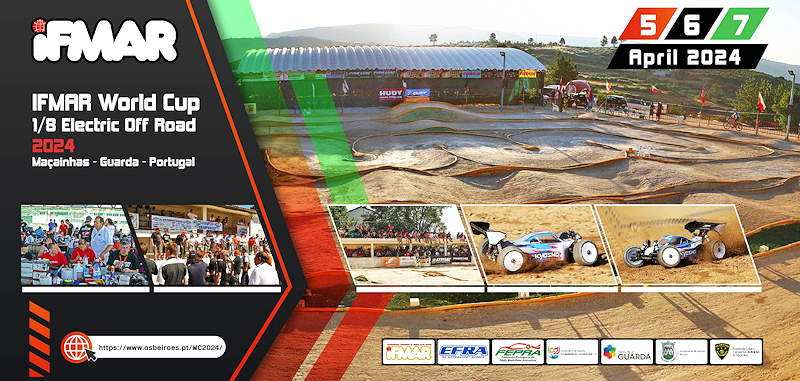Guarda…that’s the name…of the town, the area, the district…the region that, for centuries, with more or less space, has lived close to Castilla.
For long, long years, its people have become accustomed to the whiteness of the snow, the greenness of hard-worked fields, the yellow color of cornfields turned gold, and specially to the greyness of the granite stone that seems to have carved the character of the man living there who, for centuries, in constant proximity to Mother Earth, has also sculptured and let himself be sculptured by it.
The ‘gray stone’ is, without any doubt, an essential part of the man
of
Beira, it has given birth to true works of art, from the pre-historical
engravings at Foz Côa to the Cathedral of Guarda, from the towers and
fortresses to the lands of Riba Côa, or the masterpieces of nature
itself – the huge rocks of the mountain called Estrela!
Much more
colourful is the way of living and doing, showing plenty of hospitality
and knowledge, passed down from grandparents to grandchildren and
transmitting to the new generations the feeling of belonging.
That’s why you will come to love Guarda, you will learn to love it. After all, loving Guarda is a state of mind. Reasons? Why? What for? “There are reasons the reason knows not.”
Local Gastronomy
Cold weather, plenty of hunting, farming and shepherds’ life are reasons why the inhabitants of Guarda and its District have devel- oped a very typical culinary art, based on local resources. Trying the many different ways of cooking game and fish dishes, partridge, hare, rabbit, wild boar and trout will be a pleasant experience. For cold winter days we recommend ’strong dishes’ based on grain, beans and maize flour. “Cozido à Portuguesa” (boiled beef and pork with vegetables, sausages and rice), cod and the traditional “Chou- riça” (a type of sausage) appear in almost all menus in the restau- rants of the region.
One of the most traditional dishes is kid, prepared in different ways all over the region. Pork dishes are the best known, specially “enchidos” (morcela, sweet morcela, farinheira and buchos) — dishes that will delight the visitors less accustomed to this kind of taste.
To accompany your meal try a local wine: Dão at Gouveia, Fornos and Seia; Douro at Foz Côa and Mêda, and the regional wines of Pinhel and Figueira de Castelo Rodrigo. You can also try the sparkling wine of Almofala the “aguardente” (a kind of brandy of honey and arbutus), the Port wine directly from the producer, the traditional Jeropiga, the Ginginha of Almeida or different liqueurs of the region. To finish your meal you’ll undoubtedly be tempted to taste the traditional sweet confectionery: sweets of conventual origin, the famous Sardinhas Doces at Trancoso, curd-cheese with marmalade, cavacas of Pinhel.
Almost everywhere it is possible to taste bread baked in firewood ovens, with special attention to Pão de Centeio (darkrye bread) of Sabugueiro. Add to the meal the heather honey of Serra da Estrela and finish with a bit of Queijo da Serra (mountain cheese) and you’ll surely have enjoyed a wonderful meal.













